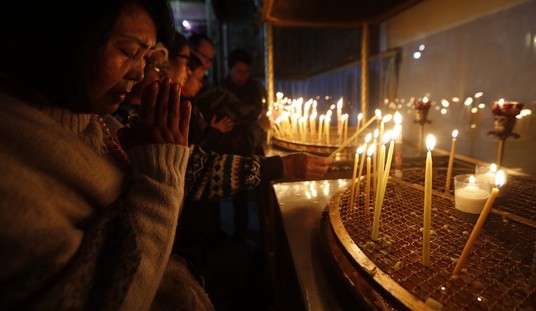The war between Big Media and independent creators is always hot. On Jan. 7, I was surfing YouTube and discovered a live stream on the channel Hidden True Crime Podcast that claimed to have old social media posts by Bryan Kohberger. I watched it live. It was great information and it seemed legitimate. Hidden True Crime researchers used Kohberger’s known email address to search any social media he may have logged into with that email and found hundreds of pages of posts on a social media health site, which they copied to a Google document. The posts had a photograph of Kohberger as his avatar and used the known email address that belonged to him.
The posts described Kohberger’s many health and mental difficulties including chilling admissions like, “I felt no emotion and along with the depersonalization, I can say and do anything I want with little remorse.” The posts point to serious mental health issues. Forensic psychologist Dr. John Matthias of Hidden True Crime and his wife, journalist Lauren Matthias, were invited to talk about their discovery on Ashley Banfield’s program on Jan.10. It is not disputed that the Matthias duo and their team at Hidden True Crime broke this story.
But then on Jan.13, New York Times reporter Nicholas Bogel-Burroughs published an article about the posts without linking to Hidden True Crime’s work. Many other outlets picked up the story and credited the Times for breaking it. PJ Media reached out to Bogel-Burroughs who said on a phone call that he had never seen the report by Hidden True Crime and had found the posts through sources online. When asked where he found them, Burroughs couldn’t remember specifically. “How did I find the posts? People had been posting them … had been sharing them online and were not sure if they were Brian’s,” he said. “I saw them on a forum, things like that…have been on Reddit forums and Facebook groups [and] have been unverified.”
Bogel-Burrough said he took steps to verify the posts as Kohberger’s and instructed me to read his reporting for details. But the steps the Times described were the same steps Hidden True Crime took by matching the known email address to posts discussing Kohberger’s birthday and address.
The new revelations about the suspect, Bryan Kohberger, come from posts he made on an online forum in which he discussed his mental health struggles, as well as from interviews with those who knew him and messages he sent to friends that were obtained by The New York Times…
Mr. Kohberger did not use his name on the website, but the posts included a reference to his birthday. In addition, the username on the account, “Exarr,” matches an email address for Bryan Kohberger that appeared in a 2009 leak of accounts from an online payment company; that account listed his location as Effort, Pa., the place where Mr. Kohberger grew up. Some of the posts also contained details that friends said matched their recollections of his behavior and struggles at the time.
Hidden True Crime made a video detailing the timeline of their reporting and lamented the lack of citations in the Times. The duo attempted to reach the Times by phone and email but received no response. Bogel-Burrrough invited them to call him directly. “This is my cell phone. They should reach out. I haven’t heard from them at all,” he said. “They should reach out to me.” Bogel-Burroughs puts his number in his Twitter profile.
PJ Media reached out to Hidden True Crime but didn’t hear back in time for publishing. The video they made about the kerfuffle is below. But one thing is true: it’s very frustrating for independent creators and journalists when they break a story and it doesn’t get wide viewership until Big Media picks it up. CNN reported the story as Bogel-Burrows’ exclusive find. It is also possible that two journalists were working on the same story at the same time and both believed they had discovered it. I know it’s happened to me. But when it is discovered that your story came days after another journalist’s work on the same story, a correction and citation should be added. Bogel-Burroughs did not answer whether a citation would be added to the Times article and instead ended the call.
Bogel-Burroughs is also one of the journalists I reported on who claimed that a classmate of Kohberger’s said the accused murderer made anti-LGBTQ statements but didn’t verify what those statements were. I asked Bogel-Burroughs if he interviewed the woman who made the claim directly. “I did not interview her and I’m going to have to go. I appreciate the call,” he said. That’s two out of the three New York Times reporters who worked on that story who claim not to have spoken to the subject of their article. The remaining reporter has not responded to my inquiry.










Join the conversation as a VIP Member